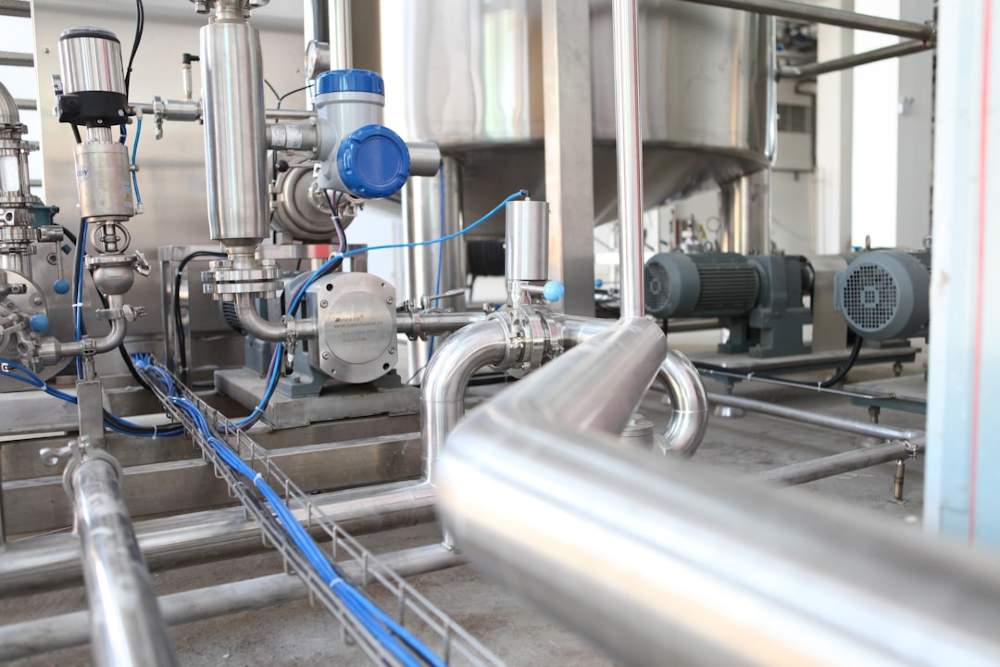
What Are the Key Features of Modern Hydrogen Sensing Technologies?
The demand for advanced hydrogen sensing technologies becomes increasingly critical as the global focus shifts towards sustainable energy solutions. These technologies ensure safety, efficiency, and reliability in applications ranging from fuel cells to industrial processes.
With hydrogen’s potential as a clean fuel source, understanding the key features of modern sensing solutions is essential for both developers and end-users. This post will explore the main characteristics of modern hydrogen sensing technologies and their significance in various industries.
Contents
Sensing Range
The sensing range of hydrogen sensing technologies is crucial for their effective application in diverse environments. Modern sensors, including the Gen 5 solid-state from https://h2scan.com/, are designed to detect hydrogen concentrations across a wide spectrum, ensuring that even low levels of the gas can be monitored reliably. This capability is essential for safety in industrial settings, where undetected leaks can pose significant risks.
Furthermore, the extended sensing range allows for continuous hydrogen monitoring in various applications, from fuel cells in automotive sectors to storage facilities, ultimately contributing to more efficient and secure hydrogen management as an energy source.
Fast Response Time
Fast response time is a critical feature of modern hydrogen sensing technologies, as it directly impacts their effectiveness in real-time monitoring and safety applications. Sensors with quick response capabilities can detect changes in hydrogen concentrations almost instantaneously, allowing for prompt action in case of leaks or hazardous situations.
This rapid detection is essential in environments where safety is paramount, such as in chemical plants or during hydrogen fuel cell operation.
Additionally, fast response times enhance the overall performance of the sensors, ensuring that they provide accurate and timely data to system operators. By minimizing the lag between detection and response, these advanced technologies contribute significantly to risk management and operational continuity in various industries relying on hydrogen as a clean energy source.
High Sensitivity
High sensitivity is a key feature of modern hydrogen sensing technologies, allowing them to detect even the smallest hydrogen gas concentrations.
This capability is vital for early leak detection, enabling sensors to identify tiny amounts of hydrogen that may signal potential issues before they become serious safety risks. Advanced sensors use innovative materials and detection methods to achieve impressive sensitivity, ensuring effectiveness in various environments, even under challenging conditions.
The significance of high sensitivity goes beyond just safety; it also improves the efficiency of hydrogen systems, facilitating better monitoring and management of hydrogen supply and consumption. In sectors like manufacturing and energy, where margins for error are minimal, advanced hydrogen sensors with high sensitivity are crucial for maintaining operational integrity and ensuring personnel safety.
Low Maintenance Requirements
Modern hydrogen sensing technologies are designed to be low maintenance, minimizing downtime and ensuring continuous operation. Unlike traditional sensors that require frequent calibration and replacements, advanced sensors use robust materials and detection mechanisms to achieve long-term stability.
As a result, these sensors can operate for extended periods without regular maintenance, making them ideal for industrial settings where efficiency and reliability are critical.
Modern hydrogen sensing technologies’ low maintenance requirements also contribute to their cost-effectiveness, reducing overall operational costs and improving returns on investment. With minimal upkeep needed, companies can allocate resources to other areas of their operations while still reaping the benefits of efficient and reliable hydrogen sensing solutions.
Wide Temperature and Pressure Tolerance
Another critical feature of modern hydrogen sensing technologies is their ability to operate in various temperatures and pressures. This capability is crucial for applications where hydrogen may be stored or used under extreme conditions, such as high-pressure fuel cells or low-temperature storage facilities.
Advanced sensors are designed to withstand these harsh environments, ensuring continuous and reliable monitoring of hydrogen concentrations.
Furthermore, modern sensors’ broad tolerance for temperature and pressure enhances their versatility, making them ideal for diverse industries and applications. Whether in the automotive or aerospace sectors, these advanced technologies can adapt to varying conditions, ultimately enhancing efficiency and safety in operations that depend on hydrogen as an energy source.
Wireless Communication Capabilities
Wireless communication is a key feature of modern hydrogen sensing technologies, allowing real-time data transmission and remote monitoring. These advanced sensors can instantly relay findings to control systems or mobile devices, eliminating cumbersome wiring and enhancing deployment flexibility. This connectivity provides immediate access to crucial information on hydrogen levels, enabling prompt action in case of anomalies or leaks.
The integration of wireless technologies enables the development of smart monitoring systems that analyze trends and provide predictive alerts, enhancing safety and operational efficiency in hydrogen-using industries. Monitoring hydrogen concentrations remotely streamlines operations and allows personnel to maintain a safe working environment without being present at every measurement point.
Effective hydrogen sensing technologies are crucial in the quest for a sustainable energy future. As industries adopt hydrogen as a clean power source, developing advanced sensing solutions will be vital for ensuring safety, efficiency, and compliance.
Ongoing innovation in this field promises to enhance the reliability of hydrogen systems, contributing to a greener energy landscape. Moving forward, developers and users need to stay informed about these advancements and their potential to transform hydrogen applications across various sectors.


